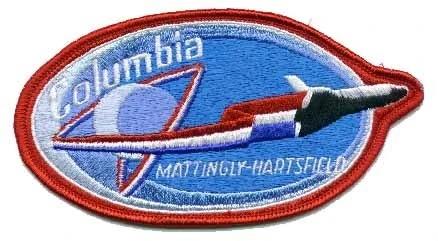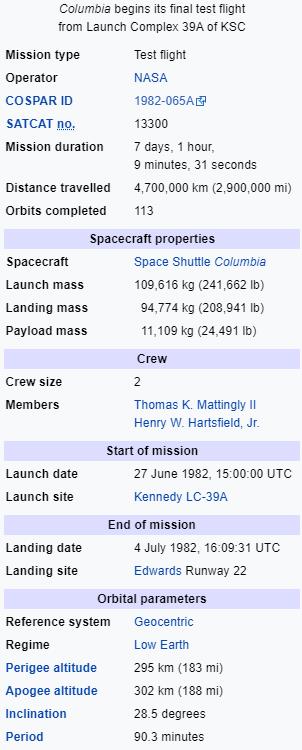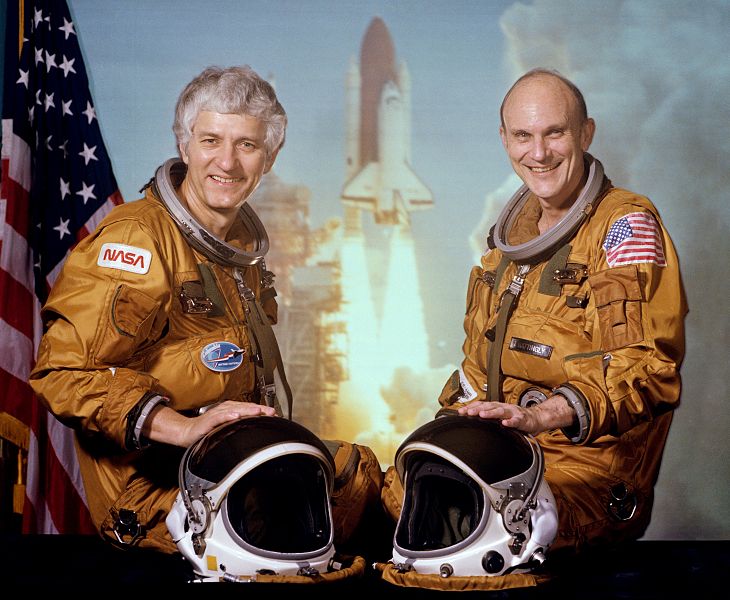Thomas K. Mattingly II
(Second Space Flight)
Henry W. Hartfield Jr.
(First Space Flight)
From STS-4 onwards, NASA halted the appointment and training of complete backup flight crews. Instead, individual flight crew members were assigned backups who could take their place within the prime crew. The decision on whether to appoint a reserve crew member was made on a per-flight basis by flight management teams at Johnson Space Centre. Consequently, the last NASA flight to have a full-time backup crew was STS-3.
STS-4 was the fourth NASA Space Shuttle mission, and also the fourth for Space Shuttle Columbia. Crewed by Thomas K. Mattingly II and Henry W. Hartsfield, Jr., the mission launched on Sunday, 27 June, 1982, and landed a week later on 4 July. Due to parachute malfunctions, the SRBs were not recovered.
STS-4 was the final test flight for the shuttle; it was thereafter officially declared to be operational. Columbia carried numerous scientific payloads during the mission, as well as military missile detection systems.
STS-3
Astronauts:
The Space Shuttle Missions
STS-4
Command Pilot:
Pilot:
Study
Research
Main Index
Space Cosmology
Science Research
*
About
Science Research
Science Theories
Desk
Site Map
BookShelf
Copyright © by Nigel G Wilcox · All Rights reserved · E-Mail: ngwilcox100@gmail.com
Designed by Nigel G Wilcox
Powered By AM3L1A
Pages within this section: USA Shuttle Mission Flights
STS-4
Pages within this section:
1
M
8
SM
Sub-Menu
menu
2
3
4
5
6
7
8
9


STS-4 launched from Kennedy Space Center (KSC) on 27 June 1982 at 11:00 am EDT, with Ken Mattingly as commander and Henry Hartsfield as pilot. This mission marked the first time the Space Shuttle launched precisely at its scheduled launch time. It was also the last research and development flight in the program, after which NASA considered the shuttle operational. After this flight, Columbia's ejection seats were deactivated, and shuttle crews did not wear pressure suits again until STS-26 in 1988.
STS-4's cargo consisted of the first Getaway Special payloads, including nine scientific experiments provided by students from Utah State University, and a classified U.S. Air Force payload of two missile launch-detection systems. A secret mission control center in Sunnyvale, California participated in monitoring the flight. Mattingly, who was an active-duty naval officer, later described the classified payload – two sensors for detecting missile launches – as a "rinky-dink collection of minor stuff they wanted to fly." The payload failed to operate.
In the shuttle's mid-deck, a Continuous Flow Electrophoresis System and the Mono-disperse Latex Reactor flew for the second time. The crew conducted a lightning survey with hand-held cameras, and performed medical experiments on themselves for two student projects. They also operated the Remote Manipulator System with an instrument called the Induced Environment Contamination Monitor mounted on its end, designed to obtain information on gases or particles being released by the orbiter in flight.
Data Courtesy Wikipedia.org












